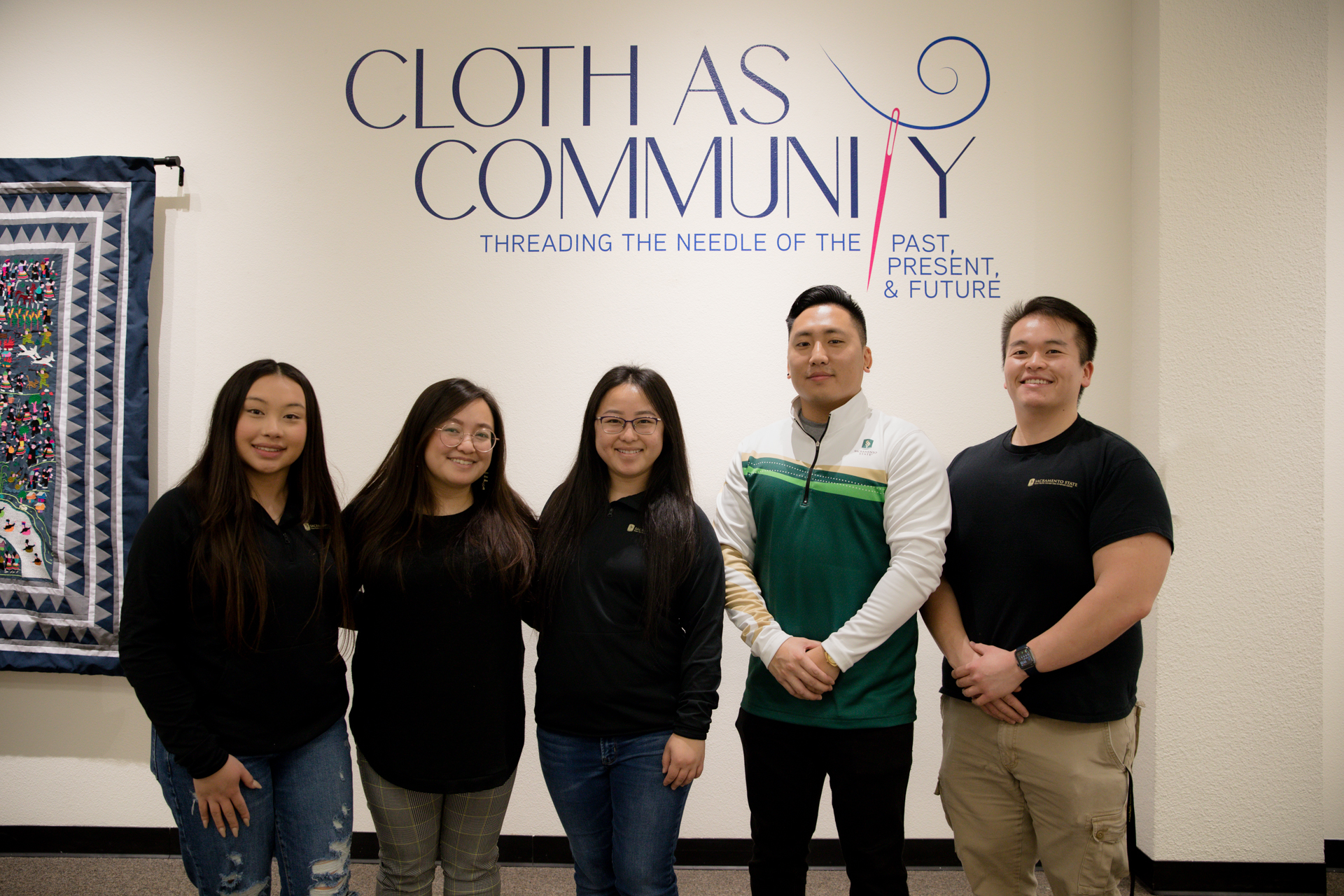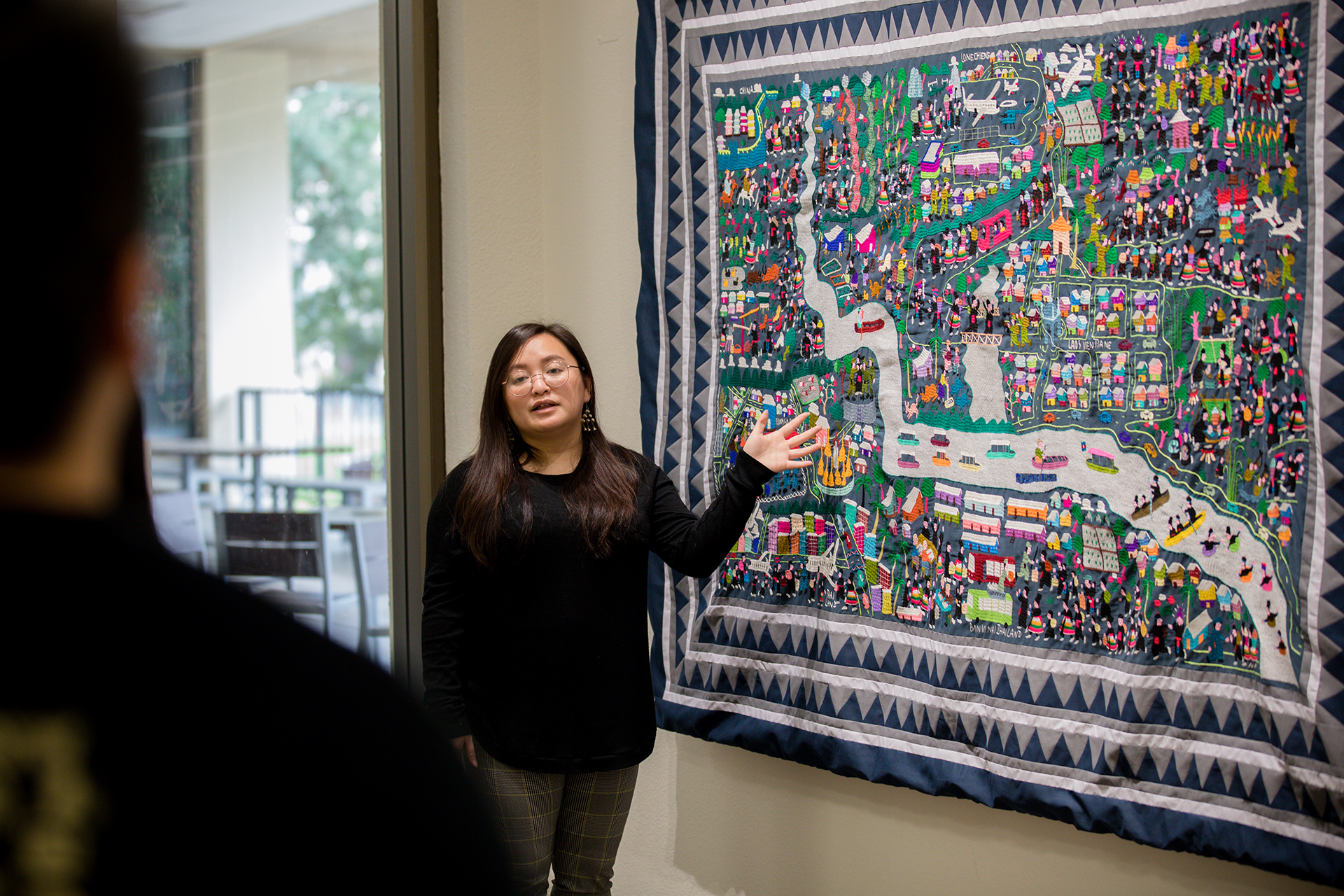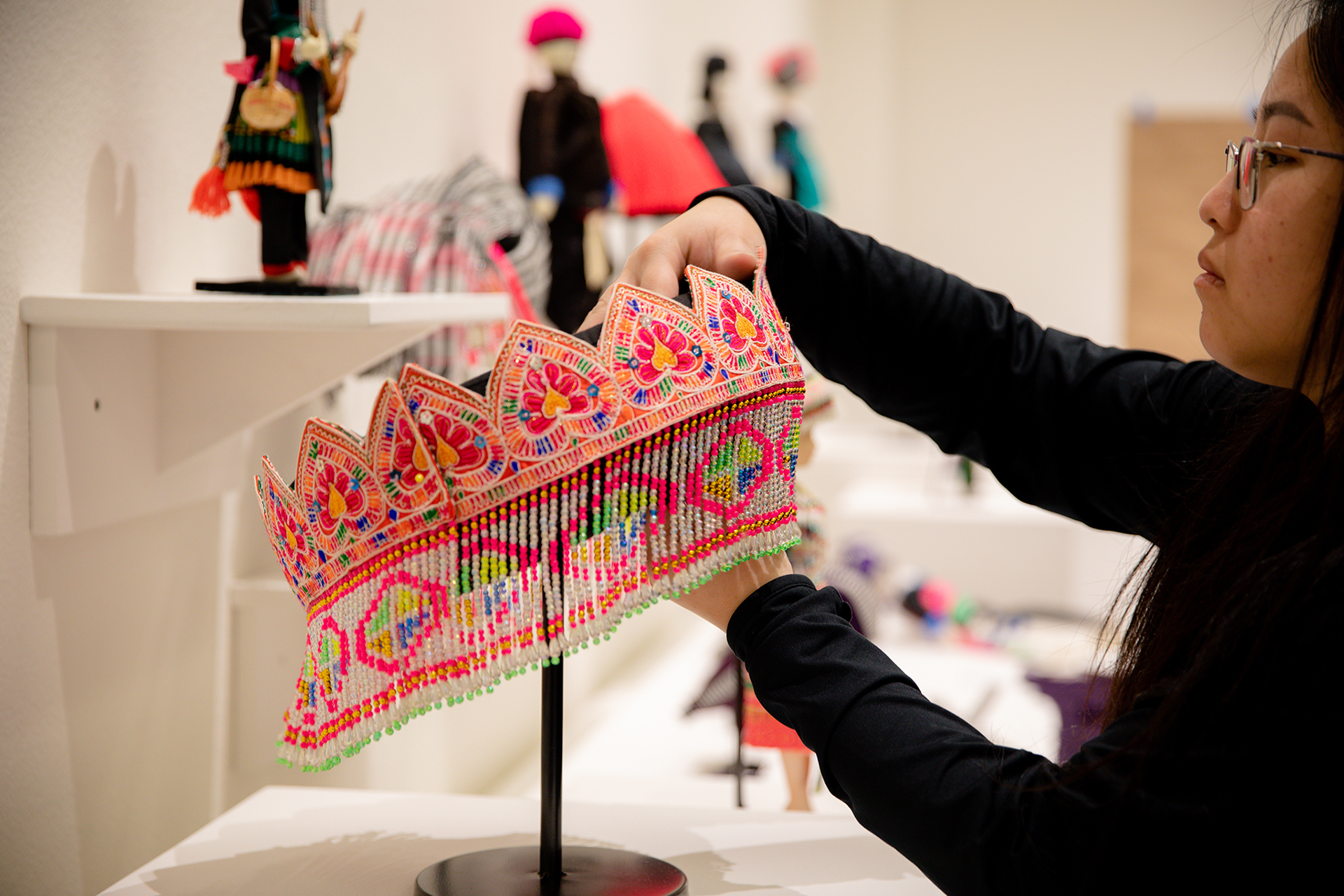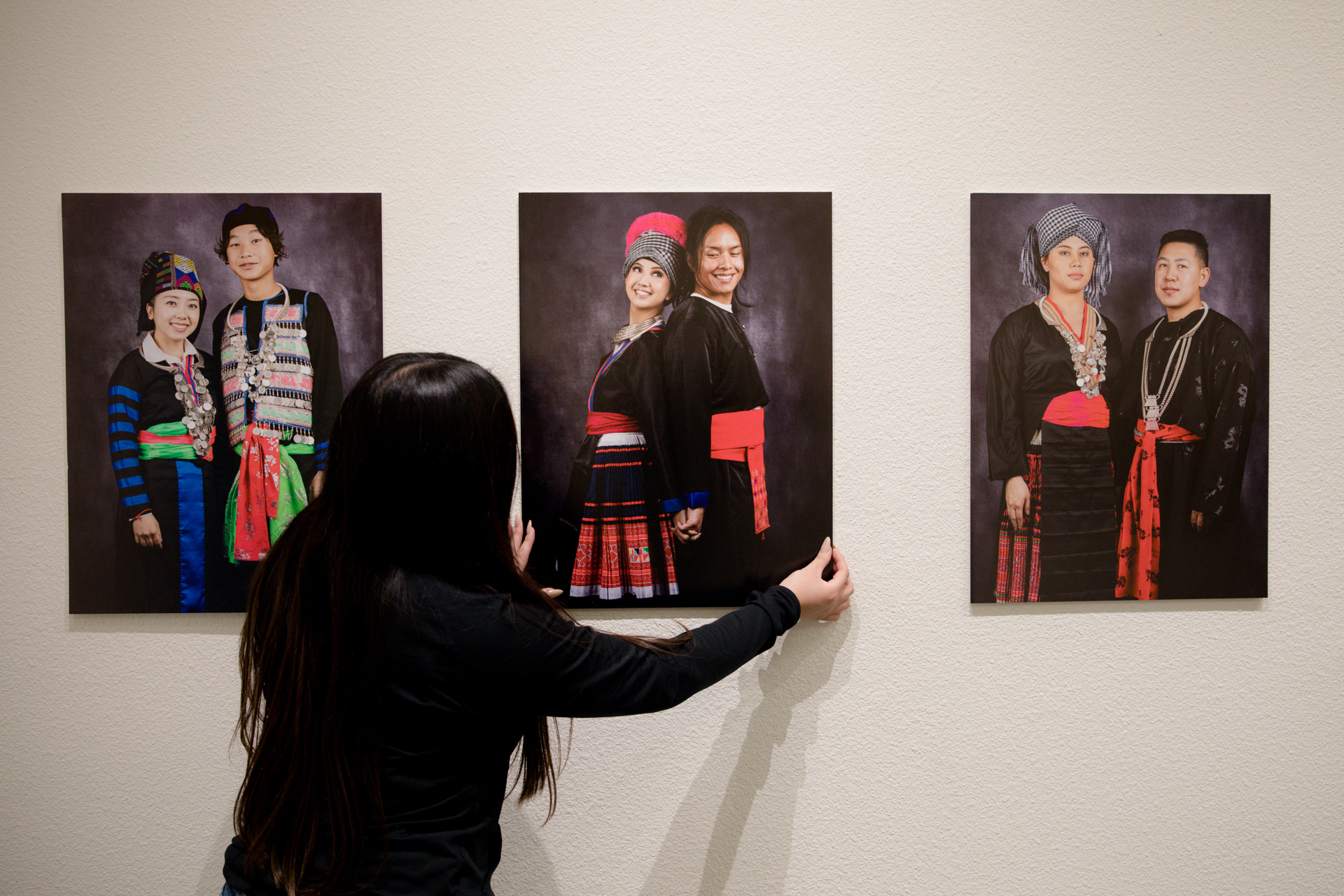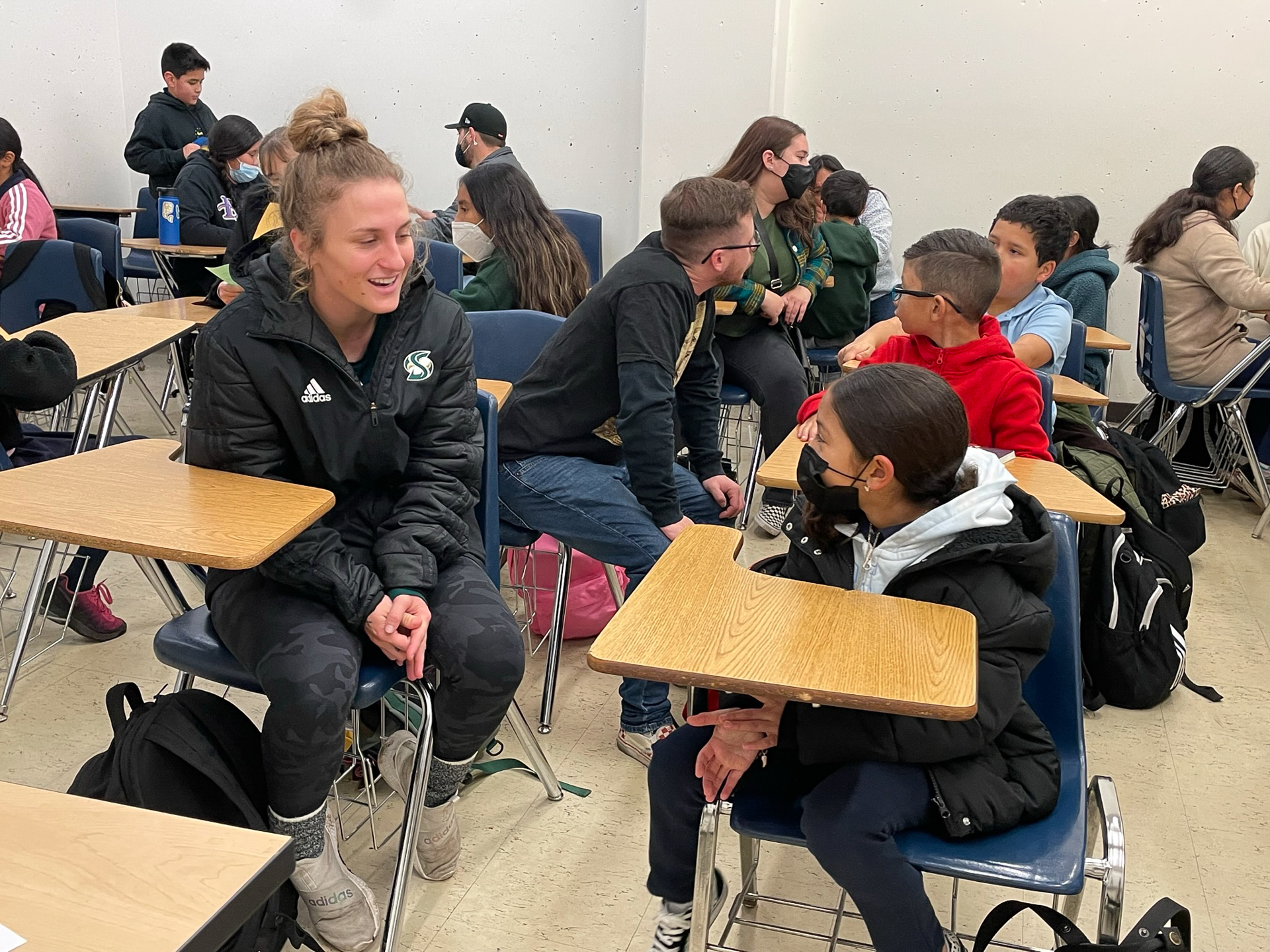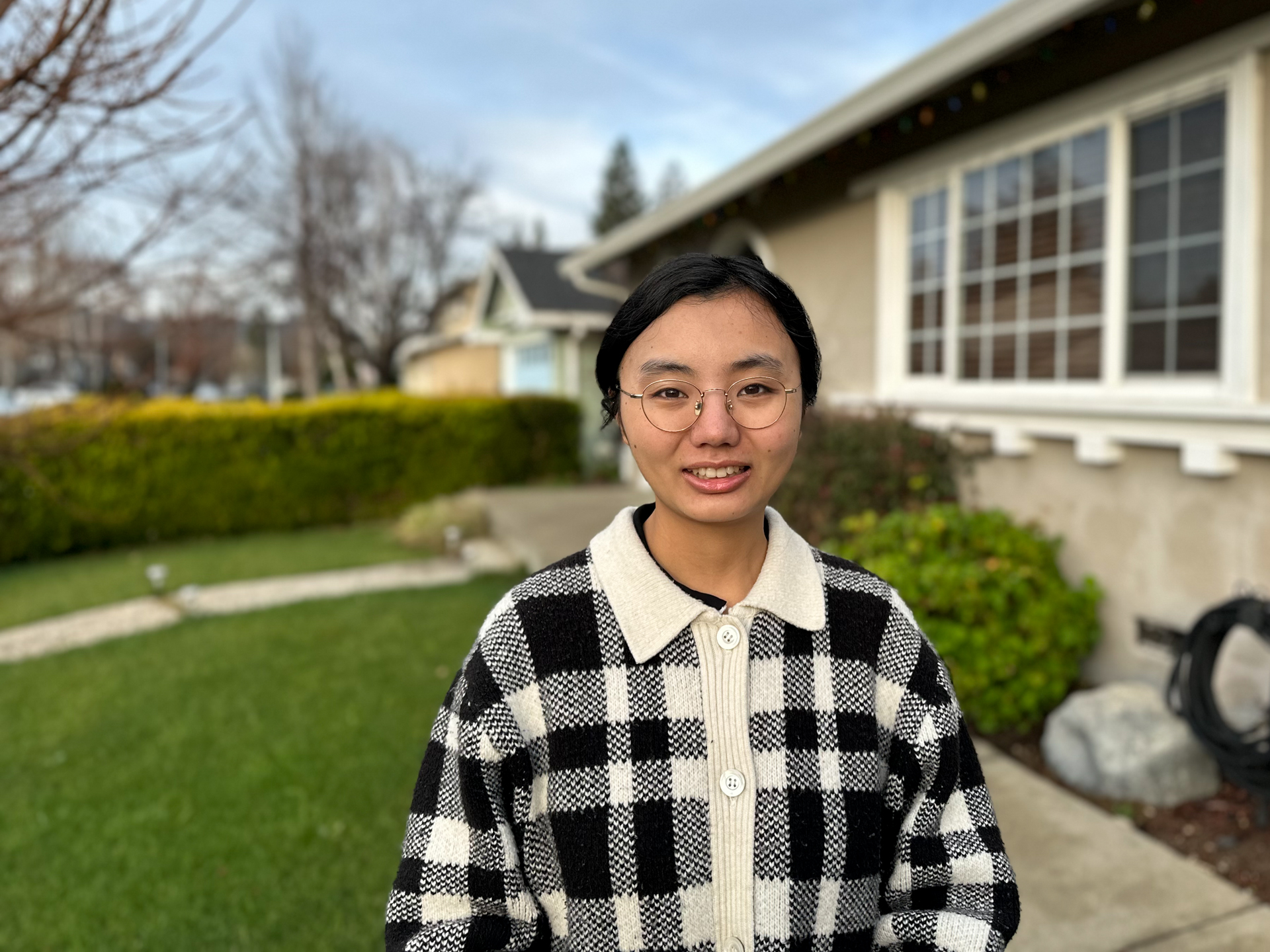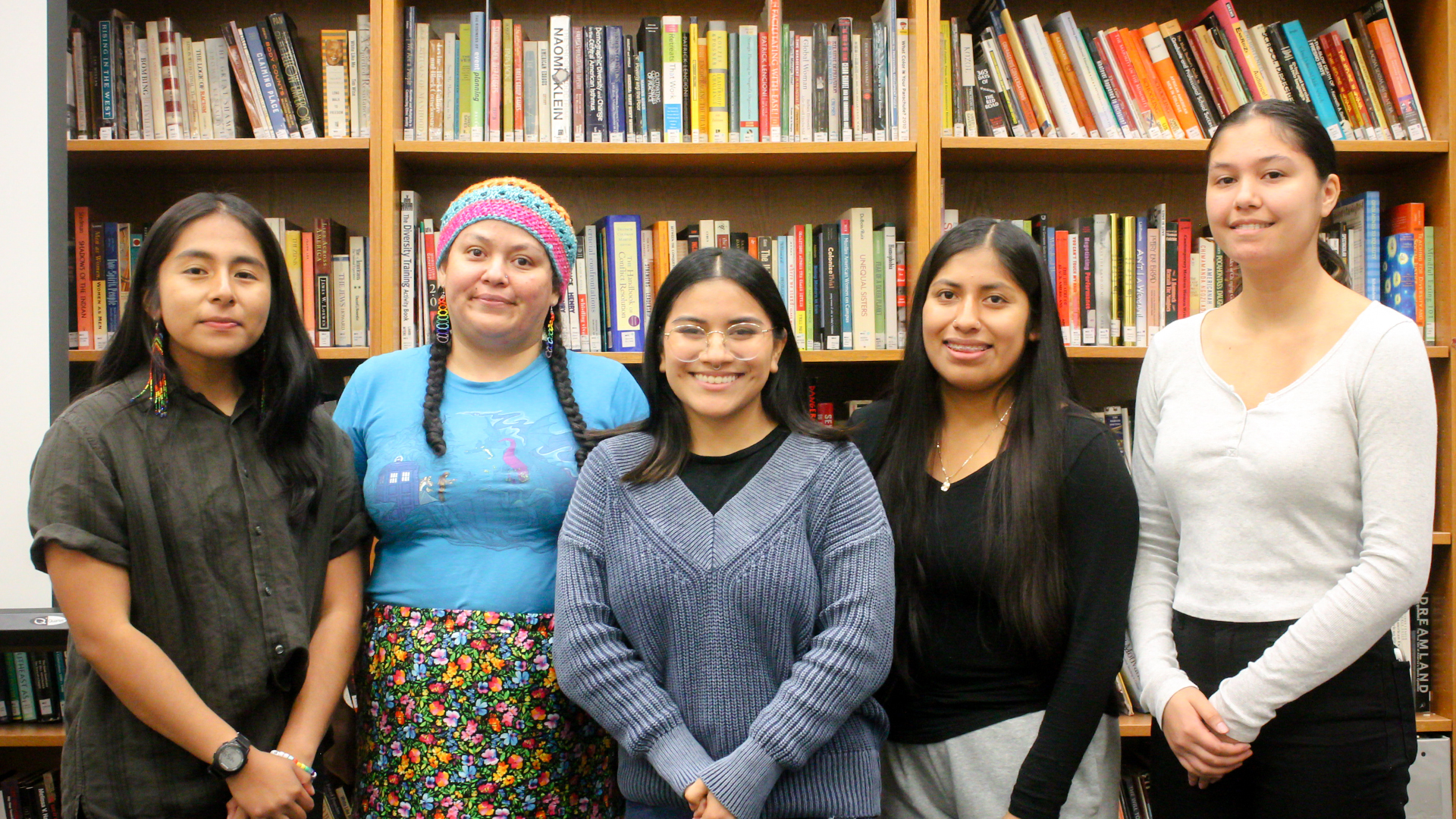Story Content
New exhibit shares stories of Hmong daily life and culture through what they wore and created
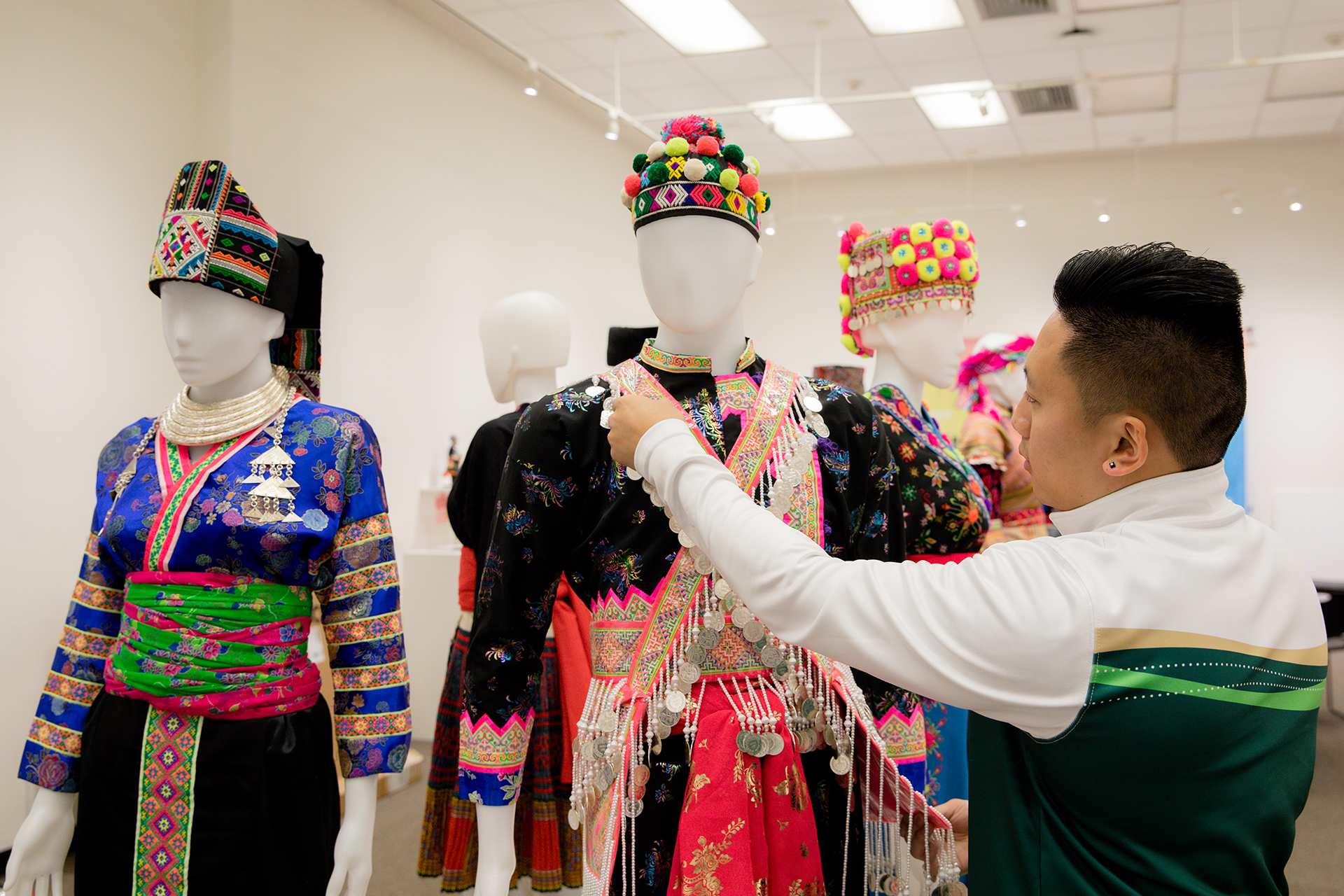
January 23, 2023
The story of the Hmong people – their traditions, folktales, daily lives, and diaspora across the globe – can be seen in garments, story cloths, and other textiles on display in a new exhibit at Sacramento State.
"Cloth as Community: Threading the Needle of Past, Present and Future" explores Hmong textiles and fashion, offering insight into their history and culture over multiple continents and countries.
The exhibit in the University Library Gallery and the Donald and Beverly Gerth Special Collections and University Archives, features full traditional outfits borrowed from private citizens, as well as large story cloths, garments, and other textile pieces from Sac State’s own collection.
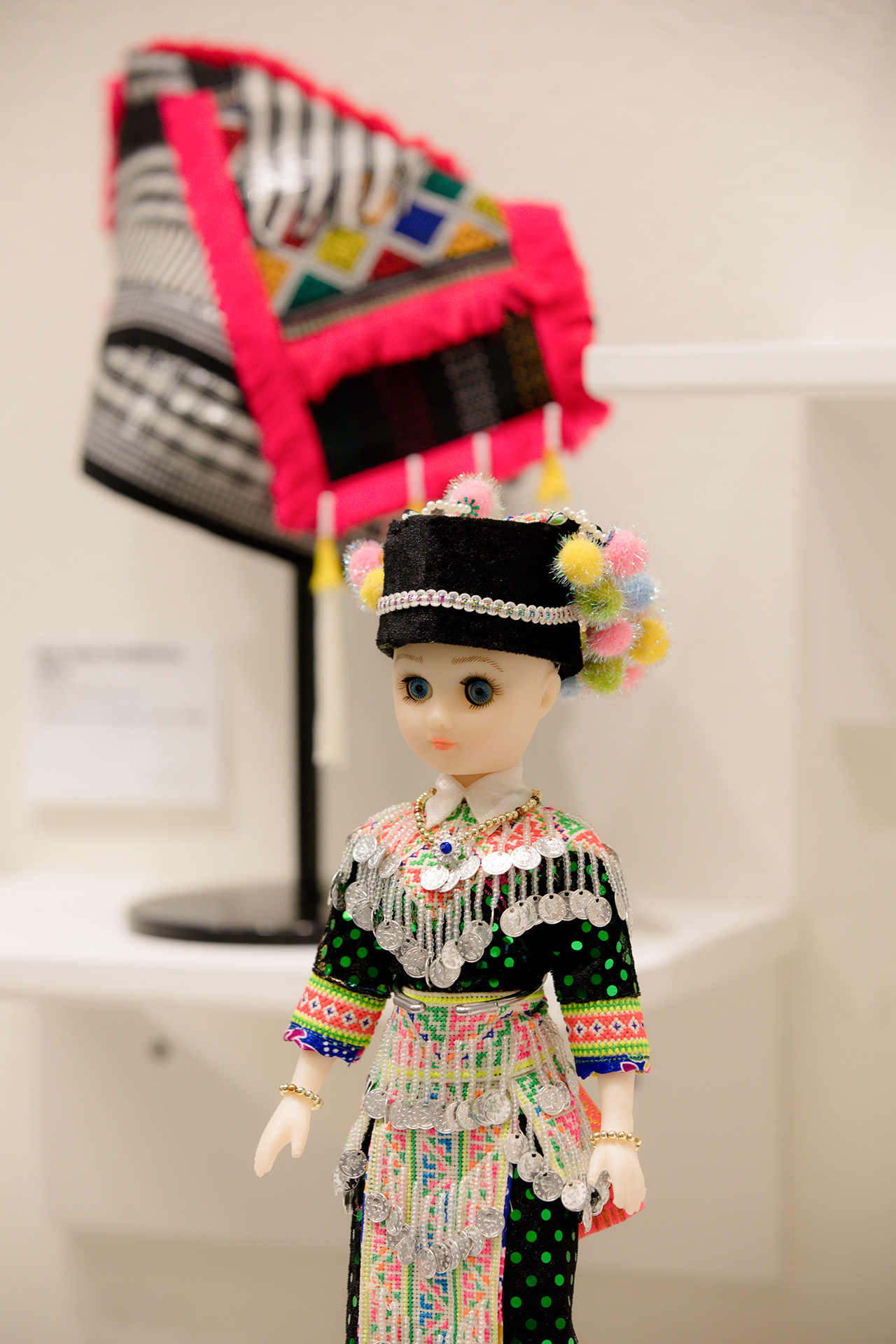
The opening reception is scheduled for 5:30 p.m. Thursday, Feb. 2, in the Library Gallery and Special Collections. "Cloth as Community" is on display at the University Library Gallery through Feb. 25 and at the Donald and Beverly Gerth Special Collections and University Archives until May 19.
California has the highest Hmong population of any state in the nation. Sacramento is home to 32,000 Hmong, second most in the state behind Fresno.
“We wanted to amplify and highlight the Hmong-American contribution to the Sacramento area,” said Chao Vang of the University’s Student Academic Success and Educational Equity Programs (SASEEP). “We’re a growing population, not only on campus, but in the community.”
The University Library collection includes books, documents, photos, textiles, clothing and everyday artifacts from Hmong and Southeast Asian cultures, said James Fox, head of Special Collections and University Archives. The collection came to Sac State from the Refugees Educators’ Network in fall 2006.
In 2019, Project HMONG, a Sac State program supporting Southeast Asian students, began planning the Cloth as Community exhibit using pieces from private citizens and Special Collections.
Mai Yang Thor and Pachia Lucy Vang, Sacramento-area experts in Hmong and Southeast Asian textiles, curated the exhibit.
“Textiles have always been very important to the Hmong people,” Pachia Vang (no relation to Chao Vang) said. “I didn’t feel connected to it growing up, and somewhere along the way, I realized its importance and how it has such a strong, cultural value to our beliefs.
“It threads together our community. People may not always understand that, and hopefully this exhibit shares that.”
The exhibit includes examples of story cloths, decorative pieces that depict daily life in the village as well as myths and folktales.
The story cloth tradition developed during the 1980s, after many Hmong fled their war-torn homes and were living in refugee camps in Thailand, Pachia Vang said. In the absence of a widespread written language, they recorded their stories on cloth, later selling pieces to earn a living.
“They’ve become a really integral part of our textile traditions,” she said. “They were used to literally tell their stories.
“Textiles have always been known as being this lost ancient writing system that we no longer understand or use, but we continue to put on our clothes as a way to communicate who we are.”
One story cloth illustrates a typical year in a Hmong village, beginning with clearing a field for farming, harvesting, and storing wheat; a courtship and wedding; and a New Year celebration.
“It threads together our community. People may not always understand that, and hopefully this exhibit shares that.” -- Pachia Vang, exhibit co-curator
The main story cloth on display depicts the Hmong diaspora from origins in China, to Vietnam, Myanmar, Laos, and the Thai refugee camps.
“This is a moving story about folks who came to our country, many of them in the wake of the war in Southeast Asia, made a new home for themselves, and carried on their traditions,” Fox said.
Chao Vang said he hopes Hmong students will see themselves through the "Cloth" exhibit.
“It also gives parents and grandparents a bit of ease and confidence that if they send their children to Sac State they will feel they belong here and are seen, and that there’s a place for them,” he said.
The exhibit’s original planned 2020 opening was postponed because of the COVID-19 pandemic. The delay may have been a blessing.
David Gibbs, associate dean for Collections and Discovery, secured a $13,710 grant from the Gladys Krieble Delmas Foundation, which allowed the library to digitize 245 items in the collection and purchase archival-quality storage boxes.
“The collection is much larger,” said Digital Initiatives Librarian Elyse Fox (no relation to James Fox). “It’s several thousand items, but most of them are books or manuscripts.
“Our collection is really unique because of the artifacts that are examples of people’s daily lives. It’s a great resource for the community.”
Digitizing archival material makes it accessible to everyone and preserves the artifacts because fewer people are handling them.
Sac State’s Southeast Asian collection is accessible and receiving page views on JSTOR, a digital library used by researchers all over the world.
Digitized items from the Southeast Asia collection are available on the Library’s Digital Collections site.
“There isn’t a lot of digital content available for folks who want to do research on Hmong or Southeast Asian textiles,” Elyse Fox said. “It’s having a national and international impact, and online collections are also used to inform creative work.
“Because this collection is unique, and we have so many artifacts that represent the daily lives of people, it’s really meaningful for not only the local community but for researchers around the world.”
Media Resources
Faculty/Staff Resources
Looking for a Faculty Expert?
Contact University Communications
(916) 217-8366
communications@csus.edu
